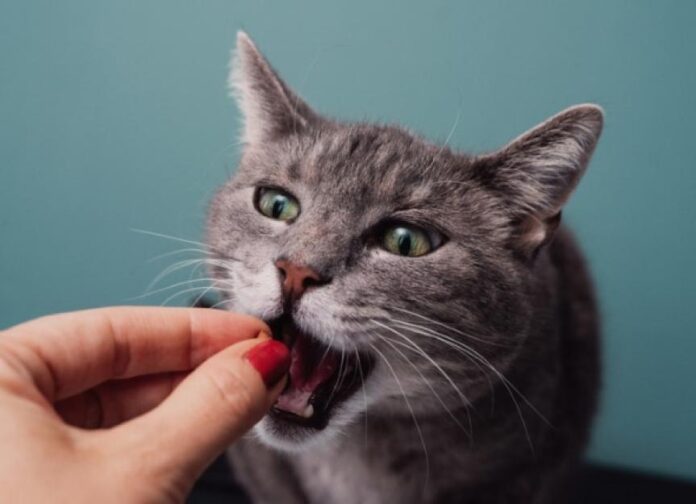Understanding Human-Grade Cat Food: Is It Worth the Investment?
Human-grade cat food is becoming increasingly popular among pet owners, but questions remain about its value and implications. What does “human-grade” really mean for your feline friend? This article will delve into the essentials to help you decide whether human-grade food is the right choice for your cat.
What Is Human-Grade Cat Food?
The term “human-grade” lacks a definitive definition. While the United States Department of Agriculture (USDA) and the Food and Drug Administration (FDA) oversee the regulation of foods meant for human consumption, they do not offer a specific “human-grade” designation.
Essentially, human-grade can be interpreted as human-edible. According to the Association of American Feed Control Officials (AAFCO), for a pet food product to be labeled as human-edible, it must meet several stringent requirements:
All ingredients must be fit for human consumption, and the product must be processed according to the regulations outlined in 21 CFR 110, Current Good Manufacturing Practices. Failure to meet these criteria could result in misbranding.
This means that for cat food to earn a “human-grade” label, every ingredient must be safe for humans to eat and must be processed in compliance with FDA and USDA standards.
Human-Grade vs. Feed-Grade Cat Food: What’s the Difference?
If a cat food product is not made with human-grade ingredients, it is often classified as “feed-grade.” AAFCO defines feed-grade materials as:
Ingredients deemed safe, functional, and suitable for animal food, adhering to the Federal Food, Drug, and Cosmetic Act guidelines.
While this definition helps eliminate harmful ingredients, it doesn’t necessarily reflect quality. Feed-grade can encompass low-quality by-products but may also include ingredients that were once human-edible but are no longer suitable for human consumption due to handling practices.
Clarifying “Made With Human-Grade Ingredients” Claims
Assessing the Quality of Human-Grade Cat Food
The quality of human-grade cat food can be inconsistent. Some brands may feature only one high-quality ingredient, while others genuinely offer a product made entirely from human-grade components. Therefore, the label alone does not guarantee nutritional quality.
Seek AAFCO Nutritional Claims
When evaluating cat food, it’s crucial to go beyond the “human-grade” label. Ensure that the food meets your cat’s nutritional requirements by looking for an AAFCO nutritional claim. These claims should state:
- X Cat Food is formulated to meet the nutritional levels established by the AAFCO Cat Food Nutrient Profiles for adult maintenance, growth and reproduction, or all life stages.
- Animal feeding tests using AAFCO procedures substantiate that X Cat Food provides complete and balanced nutrition for adult maintenance, growth and reproduction, or all life stages.
Consult Your Veterinarian
Be cautious, as some manufacturers may market their products as “human-grade” due to the inclusion of just one or two human-edible ingredients. This does not mean that all ingredients are high quality. Determining ingredient quality from pet food labels can be challenging.
For personalized advice tailored to your cat’s nutrition needs, consult with your veterinarian. They can help you navigate the options and find the best food for your pet’s health.
Featured image: iStock.com/knape











